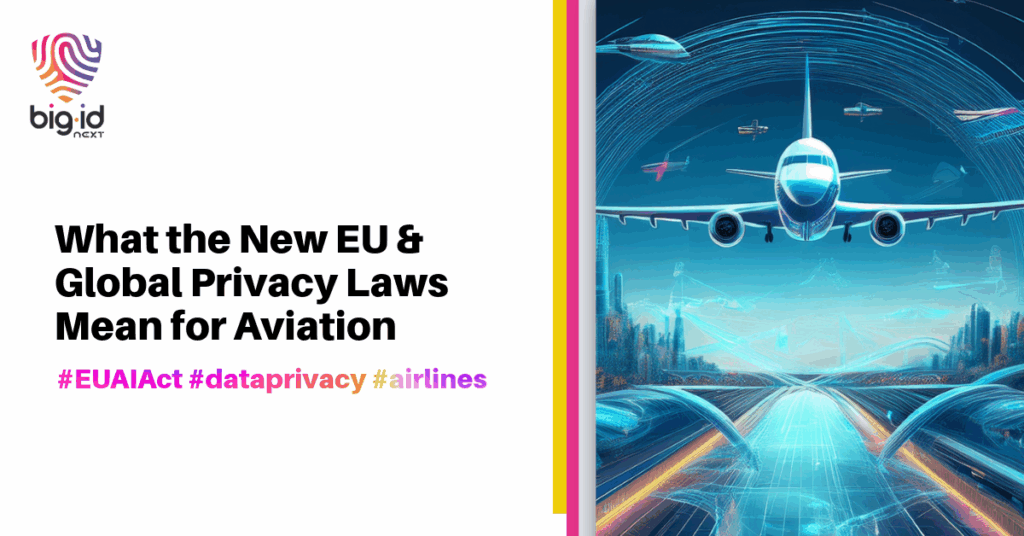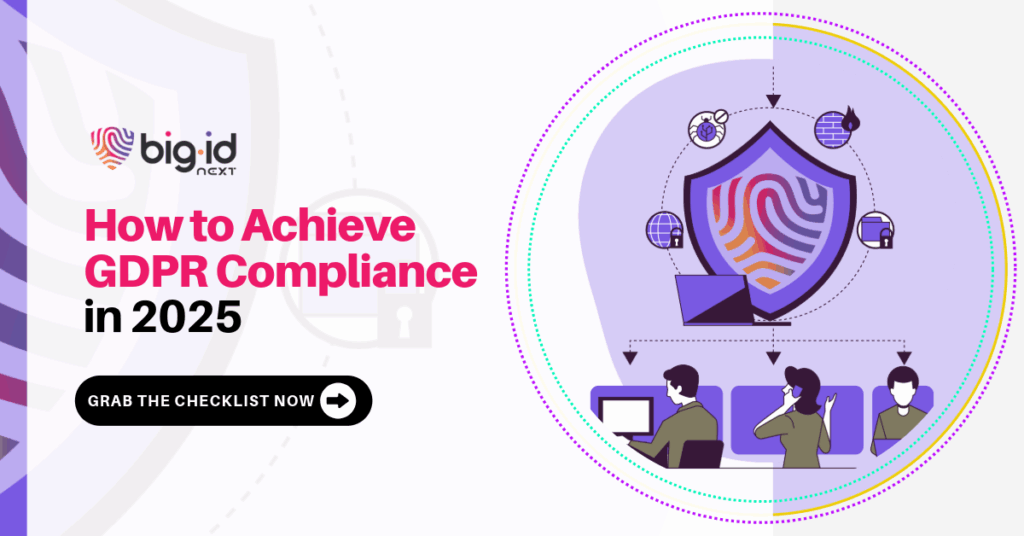In today’s hyper-connected world, aviation runs on data. From passenger bookings and biometric boarding to crew scheduling and aircraft maintenance, data plays a central role in operational efficiency, safety, and personalization. However, as data flows through complex global systems, it also becomes a regulatory minefield—especially with new and updated privacy laws taking flight around the world.
In 2025, airlines and aviation companies must navigate not only turbulence in the skies, but also a fast-shifting compliance landscape on the ground. The pressure is on to maintain trust, meet international privacy requirements, and ensure data is ready for emerging technologies like AI—without slowing down operations.
Let’s explore what’s changing—and what aviation leaders need to know.
The data privacy wake-up call for aviation
Airlines and aviation companies collect and process a staggering amount of personal data:
- Passenger PII (name, passport number, email, contact details)
- Travel behavior (frequent flyer activity, bookings, seat preferences)
- Payment data (credit card information, loyalty point usage)
- Sensitive biometric data (used in facial recognition or biometric boarding)
This data travels through reservation systems, third-party booking platforms, airport infrastructure, mobile apps, cloud systems, and international data centers—making it harder to control and easier to expose.
As regulators ramp up privacy requirements, aviation organizations face rising risk from data breaches, cross-border transfers, and data misuse.
What’s changing in global and EU privacy law?
The EU is set to ease certain GDPR obligations for small and mid-sized businesses, but enforcement is ramping up for large enterprises—including global airlines. Regulators are sharpening their focus on several key areas: establishing a lawful basis for processing sensitive passenger data, improving transparency around automated decision-making tools like dynamic pricing algorithms and facial recognition, ensuring timely responses to data subject access requests (DSARs), and properly documenting data transfers to countries outside the EU.
EU AI Act scrutinizes aviation industry
Airlines using artificial intelligence for functions such as predictive maintenance, passenger profiling, or biometric boarding will face heightened scrutiny under the forthcoming EU AI Act. These high-risk AI systems must be transparent and explainable, built on compliant, high-quality data, and thoroughly assessed for potential bias, discrimination, and privacy risks. Aviation companies should proactively evaluate their AI systems now to close compliance gaps before enforcement begins.
Global privacy laws are expanding fast
Outside of Europe, privacy laws are gaining traction across the globe. China’s PIPL mandates strict consent and data localization for passenger information, while Brazil’s LGPD requires organizations to clearly justify data collection and processing. Saudi Arabia’s PDPL and Thailand’s PDPA introduce rules around data localization, user consent, and international transfers. In the U.S., the CPRA and a growing patchwork of state-level laws apply to airlines that serve American residents. The consistent theme worldwide? Greater emphasis on consent, purpose limitation, data subject rights—and significant penalties for noncompliance.
Reduce risk and fly compliant with BigID
BigID empowers airlines and aviation organizations to take control of their data, enabling them to reduce risk, prove compliance, and innovate with confidence.
With BigID, you can:
- Discover and classify structured and unstructured data across booking systems, cloud infrastructure, airport tech, and third-party vendors
- Map data to privacy frameworks like GDPR, CPRA, PIPL, and the EU AI Act—automatically
- Automate DSAR fulfillment and consent tracking to meet passenger expectations and legal timelines
- Detect and remediate risky or overexposed data before it becomes a breach or audit failure
- Build AI-ready data foundations that are transparent, explainable, and fully governed
Whether you’re streamlining biometric boarding, modernizing passenger analytics, or preparing for international audits, BigID delivers the visibility and control you need to stay secure and compliant at every altitude.
Schedule a 1:1 demo to see how BigID can help your organization fly compliant.



